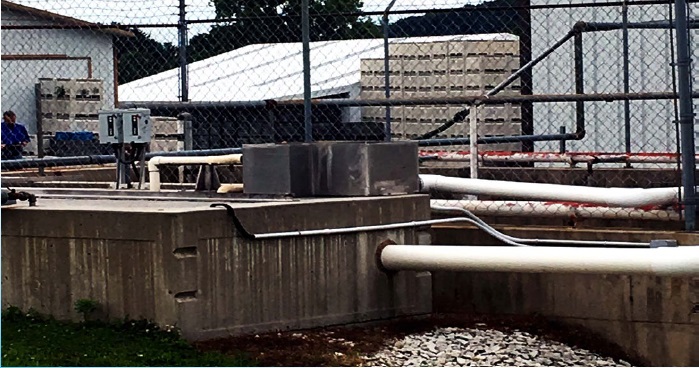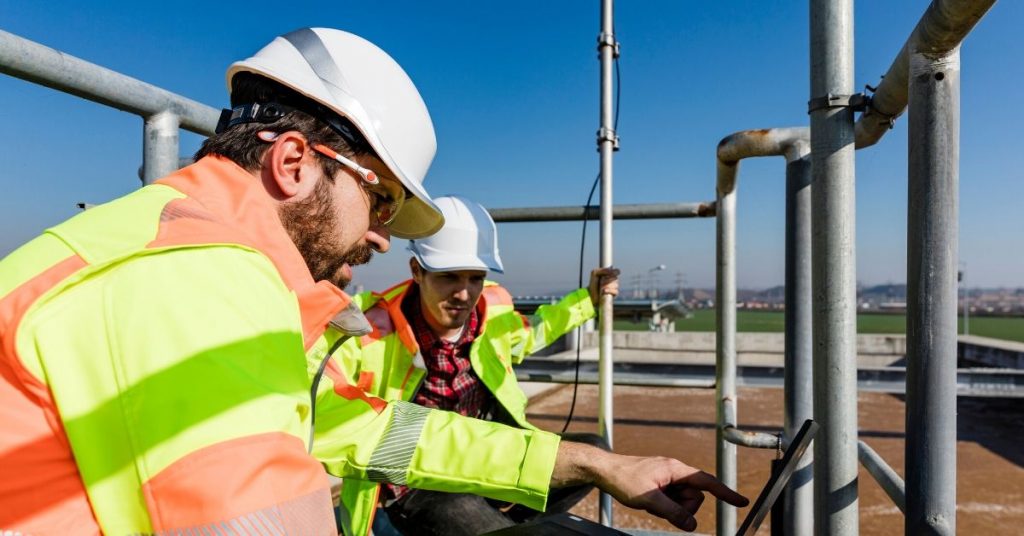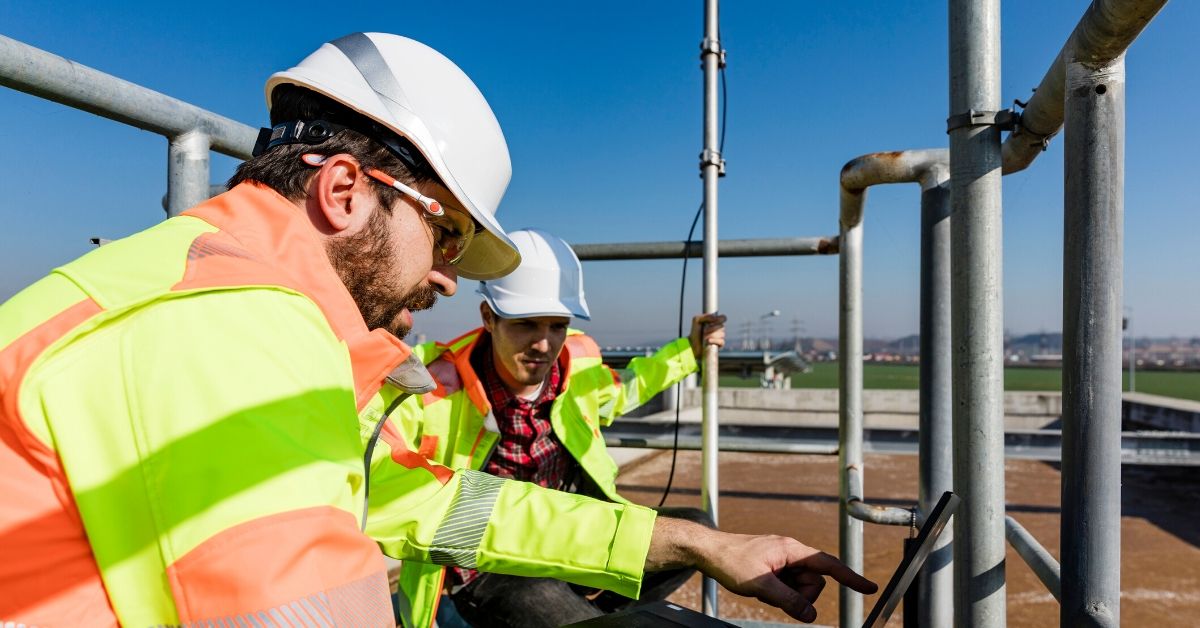Industrial Membrane Bioreactor Plant 0.01 MGD
When starting up a wastewater plant, the biological seed used can influence future treatment efficiency and operational challenges. Domestic activated sludge seeding has potential to introduced unwanted biological and solids contaminants that can cause unpredictable treatment issues.
Whether the source plant was experiencing the same problems or not, varied plant conditions can shift microbial community dynamics to impair treatment efficiency. In addition to biomass instability, activated sludge can introduce large trash particulate and inorganic solids requiring mechanical removal.
Wastewater facilities seeking a clean, controlled startup can benefit from using bioaugmentation for plant seeding. Augmenting a system with intentionally cultured communities of wastewater bacteria can help eliminate uncontrolled treatment challenges that often follow inoculation with domestic activated sludge.
The following case study outlines the implications of using BioLynceus® ProBiotic Scrubber® II (PBII) seed in an industrial membrane bioreactor (MBR) plant startup.

Figure 1. Empty MBR plant aeration basins prior to startup with BioLynceus® microbiology.
An industrial cider mill in Pennsylvania was in production from August to November each year. During this time, the MBR on site was operated to treat 0.01 MGD
wastewater flows from the manufacturer.
After the production season was over, the wastewater plant was drained and cleaned in preparation for the next year. This plant required startup every summer when cider manufacturing began.
The MBR was originally started with activated sludge form a neighboring municipal plant. Startups with domestic activated sludge caused operational challenges for the facility, because the sludge introduced rags and trash into the system.
The unwanted domestic debris were impairing flow through the MBR mechanical
components. In need of a cleaner and more reliable seed, the wastewater management contacted BioLynceus® biological solutions.
PBII was inoculated at the influent to the plant to start biological processing in the MBR. This seed introduced live cultures of diverse wastewater bacteria to the system. Within two weeks of treatment, the cider mill wastewater plant was efficiently processing influent flows.
The effluent from the plant was in compliance with publicly owned treatment works permitting. Furthermore, the operations staff no longer needed to remove trash for the process to work efficiently.
A side benefit of using PBII was, the cider mill could now use the treated wastewater to irrigate their apple orchards. Seeding the MBR with domestic activated sludge limited the manufacturer’s wastewater reuse.
Overall, BioLynceus® cultures provided a clean startup method with less operational challenges than previous activated sludge seedings.
BioLynceus® ProBiotic Scrubber® II provides a clean and effective seed for MBR startup.



